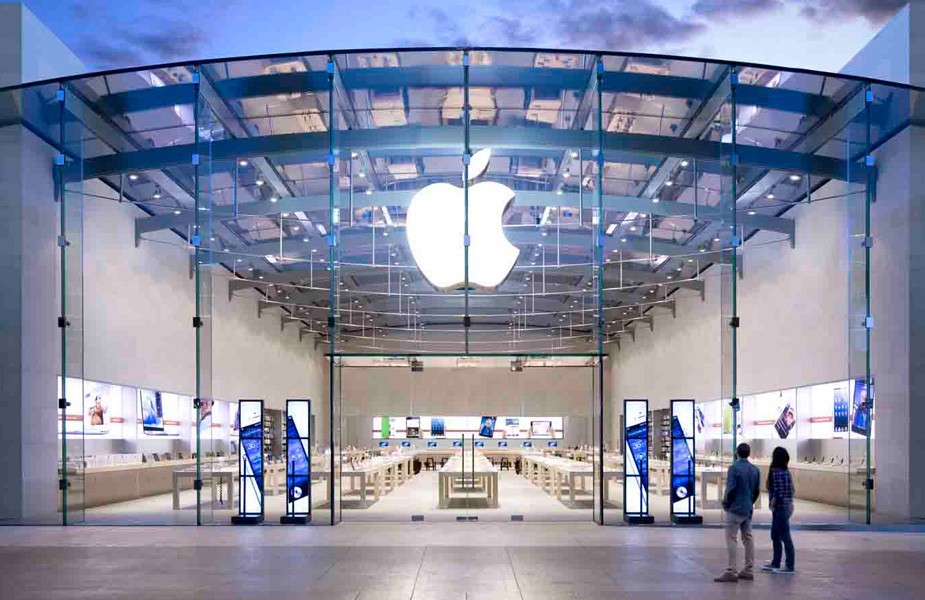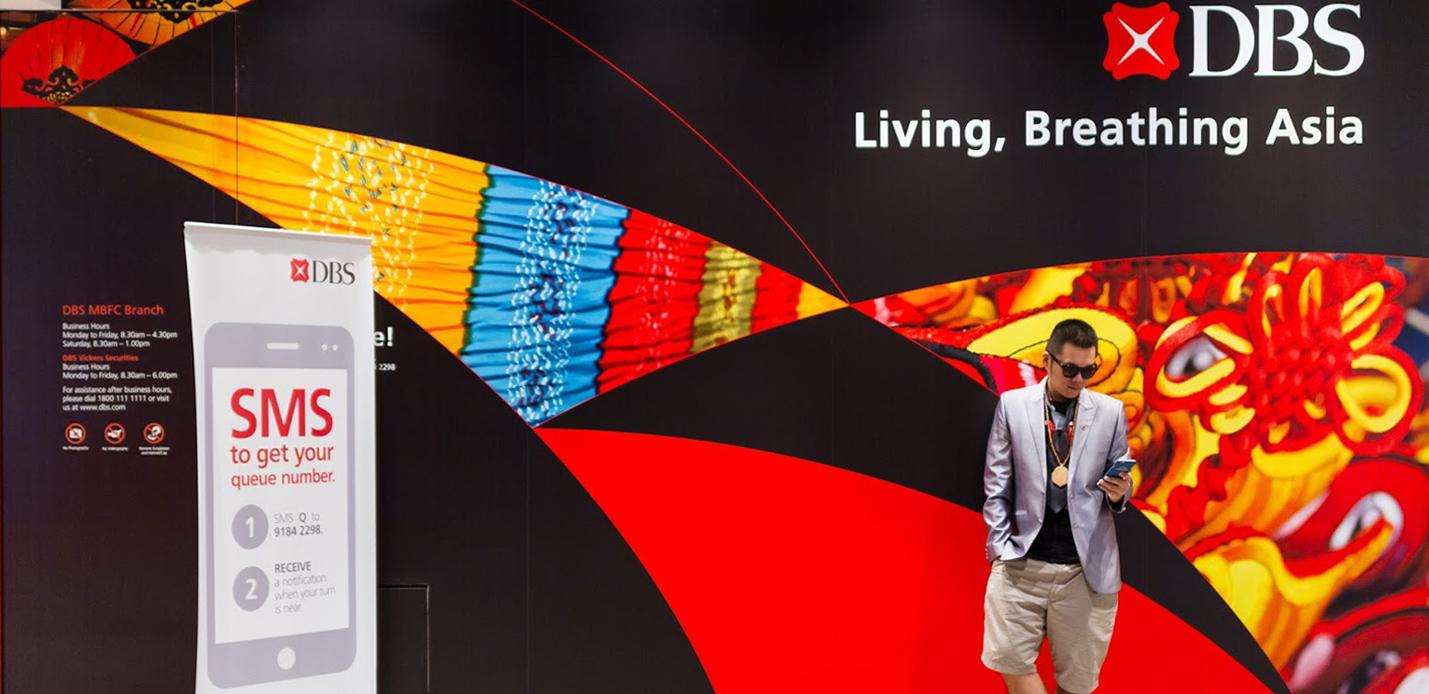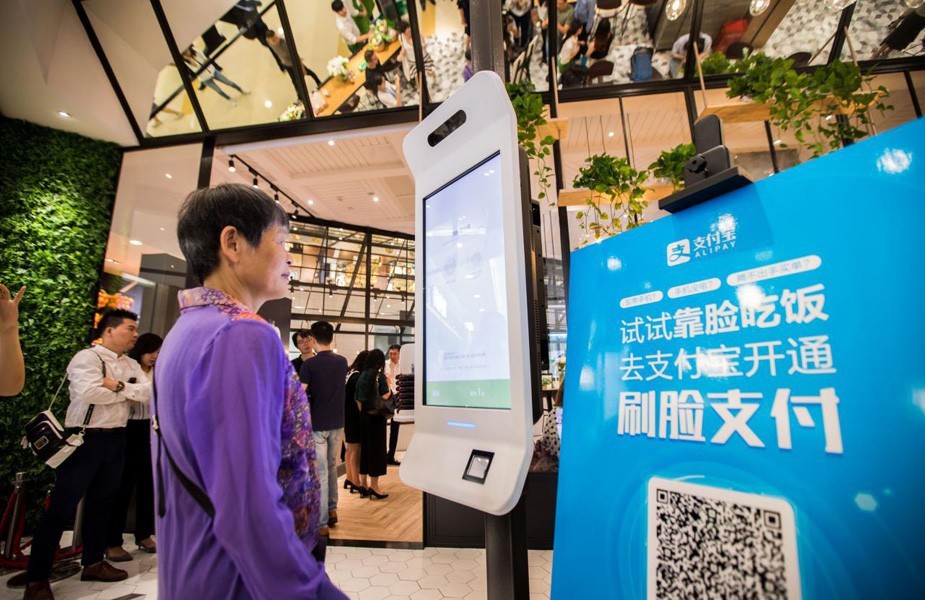News and Views
Building brand equity for banks, lifestyle innovative branch design and fintech marketing.

Building a strong emotional brand image
Does Building a Strong Emotional Brand, Both Online and in Retail, Really Matter?
For some industries, like banking, this question seems to have been overlooked. At Wells Fargo, for example, management appeared indifferent to brand values and customer trust when it was revealed that 3.5 million potentially fake bank and credit card accounts were created without customer consent. In contrast, many retail brands have recognised that building a positive emotional connection with consumers not only improves sales but also enhances engagement, decreases attrition, and delivers significant financial benefits.
So, What Sets Top-Performing Companies Apart?
The leading organisations today are creating emotional bonds with consumers by aligning marketing strategies around the customer journey, leveraging data analytics, and embracing artificial intelligence (AI). This is part of a heavily integrated, omni-channel effort built on a solid Martech foundation. In the retail sector, brands that foster emotional connections through in-store and online experiences see greater customer loyalty, engagement, and sales growth.
Take Albert Heijn, for instance. The launch of the Albert Heijn XL hypermarket in Eindhoven demonstrates how retail design is evolving to create experiences that emotionally connect with customers. This massive store focuses on freshness and engagement, with sensory experiences—from the smell of freshly baked bread to the sight of chefs preparing sushi in real-time—immersing shoppers in a world of food. The result is a retail environment that encourages customers to feel more connected to the brand, fostering loyalty and driving repeat visits.
The Role of Emotional Branding in Technology-Driven Retail
Technology companies like Amazon and Apple provide further proof that emotional branding can drive consumer loyalty and profitability. For example, Amazon Go redefines the shopping experience by eliminating checkout lines through advanced AI and sensor technology, creating a frictionless, customer-focused experience. Similarly, Apple has mastered the art of building a brand that consumers identify with on an emotional level. Apple doesn’t just create products—it cultivates a lifestyle that its customers proudly associate with. This emotional connection fosters brand love, leading to a fiercely loyal customer base.
Why Emotional Branding Matters in the Financial Sector
In industries like banking, which often lack the emotional appeal of retail or technology, emotional branding can still play a vital role. Although financial services are often seen as unlovable, brands like Apple and Uber show that even sectors not traditionally associated with emotional connections can successfully build brand love. Fintech companies, for example, have started to bridge the gap by offering seamless mobile experiences, attracting millennials who value convenience and personalisation over brick-and-mortar banking. However, many financial institutions have been slow to embrace the emotional branding strategies that make tech companies so successful.
This gap presents an opportunity for banks, credit unions, and fintech firms to revolutionise their customer relationships by creating more personalised, emotionally engaging experiences. Building this emotional bond can be the differentiator that fosters loyalty and prevents customers from switching to competitors. Just as in any relationship, brand loyalty is built on trust and emotional connection, with long-term rewards for both parties.
Trends in Physical and Digital Store Networks
Even as online banking and digital services grow, physical stores continue to play a crucial role in emotional branding. Leading technology companies like Vodafone continue to develop their brick-and-mortar retail networks across the globe, understanding that these locations are touch points where emotional connections can be reinforced through face-to-face interaction. Similarly, in retail, stores like Albert Heijn XL create immersive, emotionally resonant experiences that build customer loyalty and drive sales.
Tech Innovations: Building Emotional Connections with a Smile
The rise of technology-driven retail strategies continues to shape the way brands connect with consumers. At KFC’s tech-forward concept store in Hangzhou, China, customers can now use the “Smile to Pay” facial recognition system to complete transactions. This innovation, aimed at appealing to younger, tech-savvy consumers, is just one example of how companies are using technology to create unique and emotionally engaging customer experiences.
In this rapidly changing landscape, building emotional brand values is no longer optional—it’s essential. Whether through physical store designs that engage the senses or digital strategies that leverage AI to personalise experiences, companies that build strong emotional connections with their customers will be the ones to thrive.
Why not call us to discuss your brand strategy, design renewal program, digital transformation, and social media needs?









